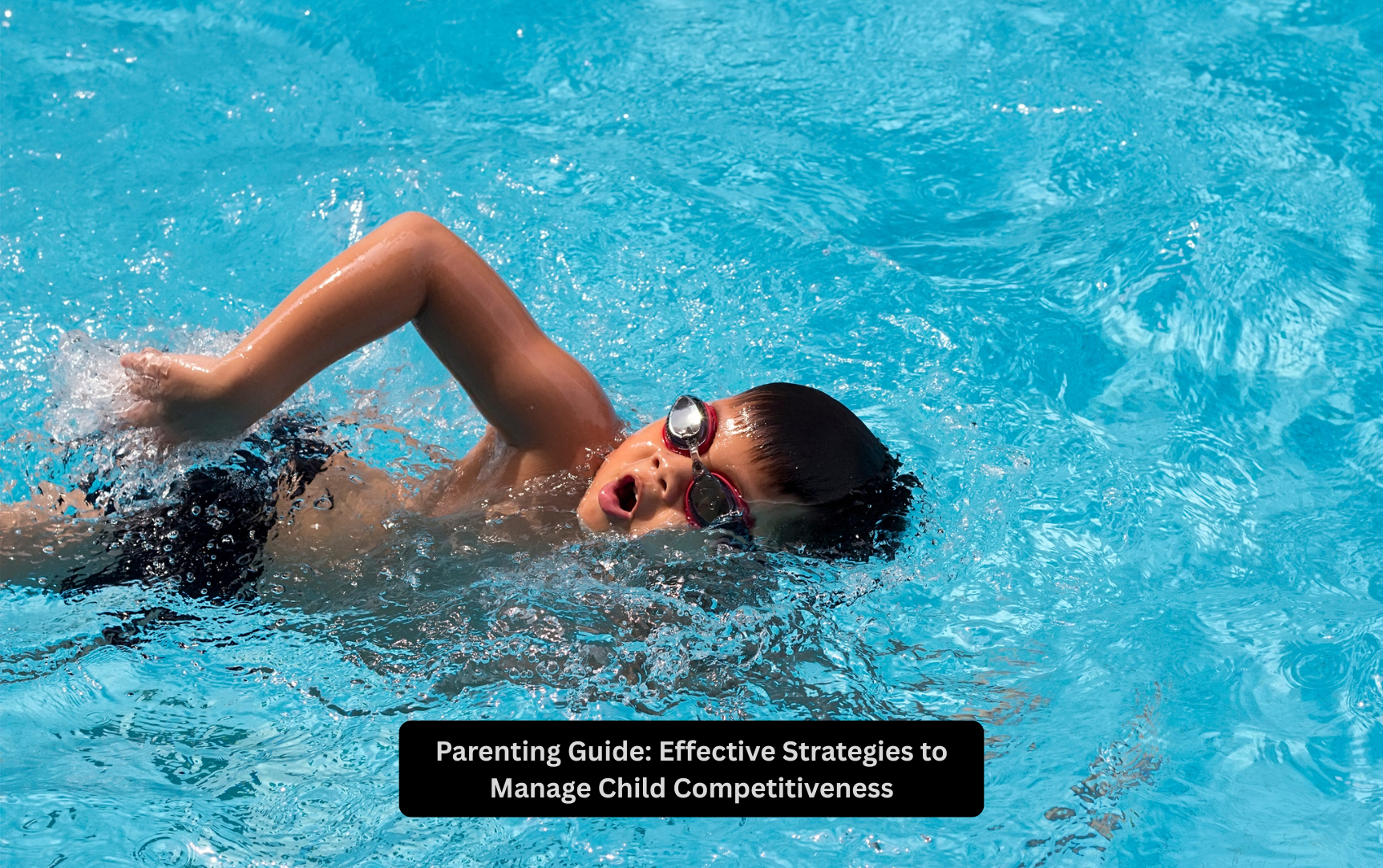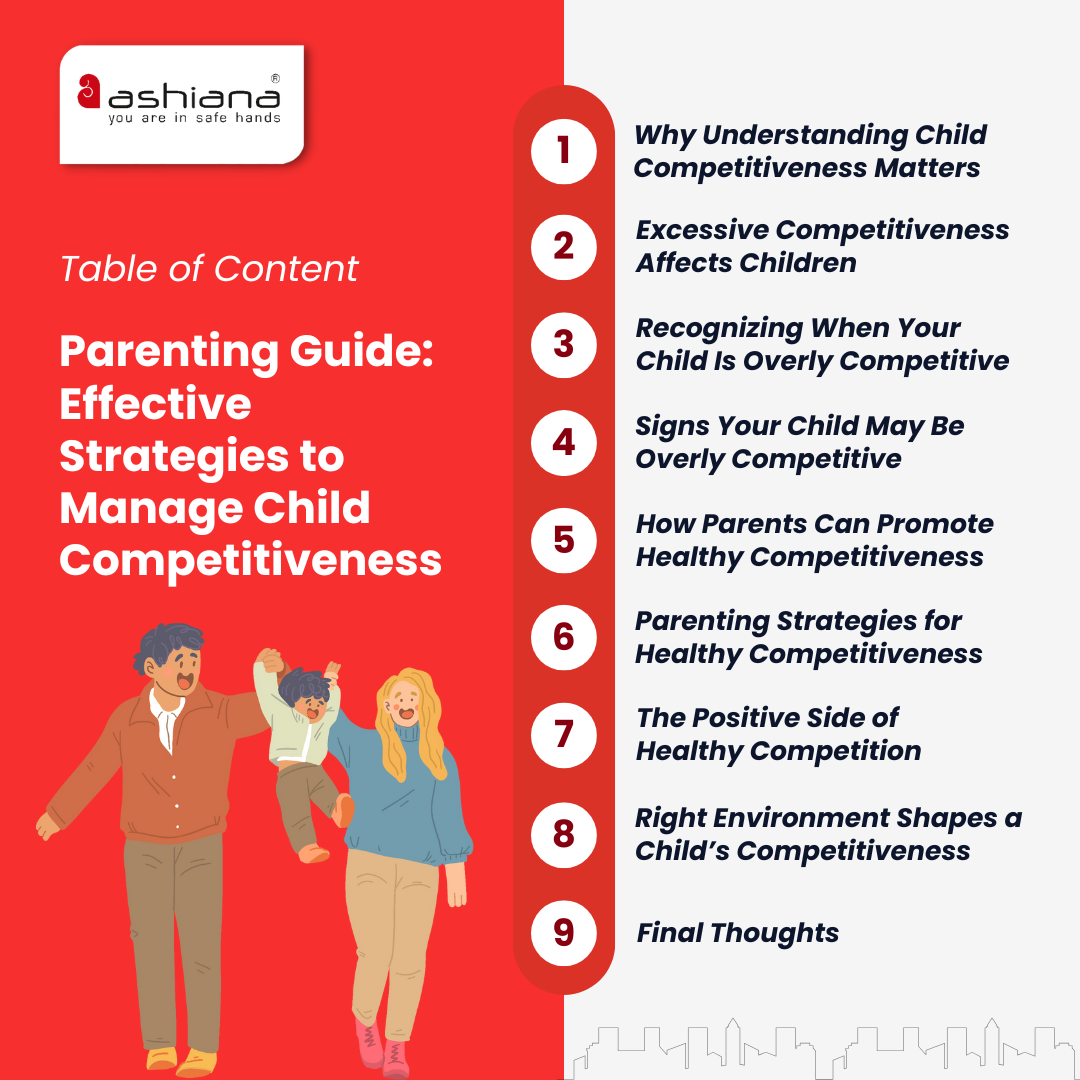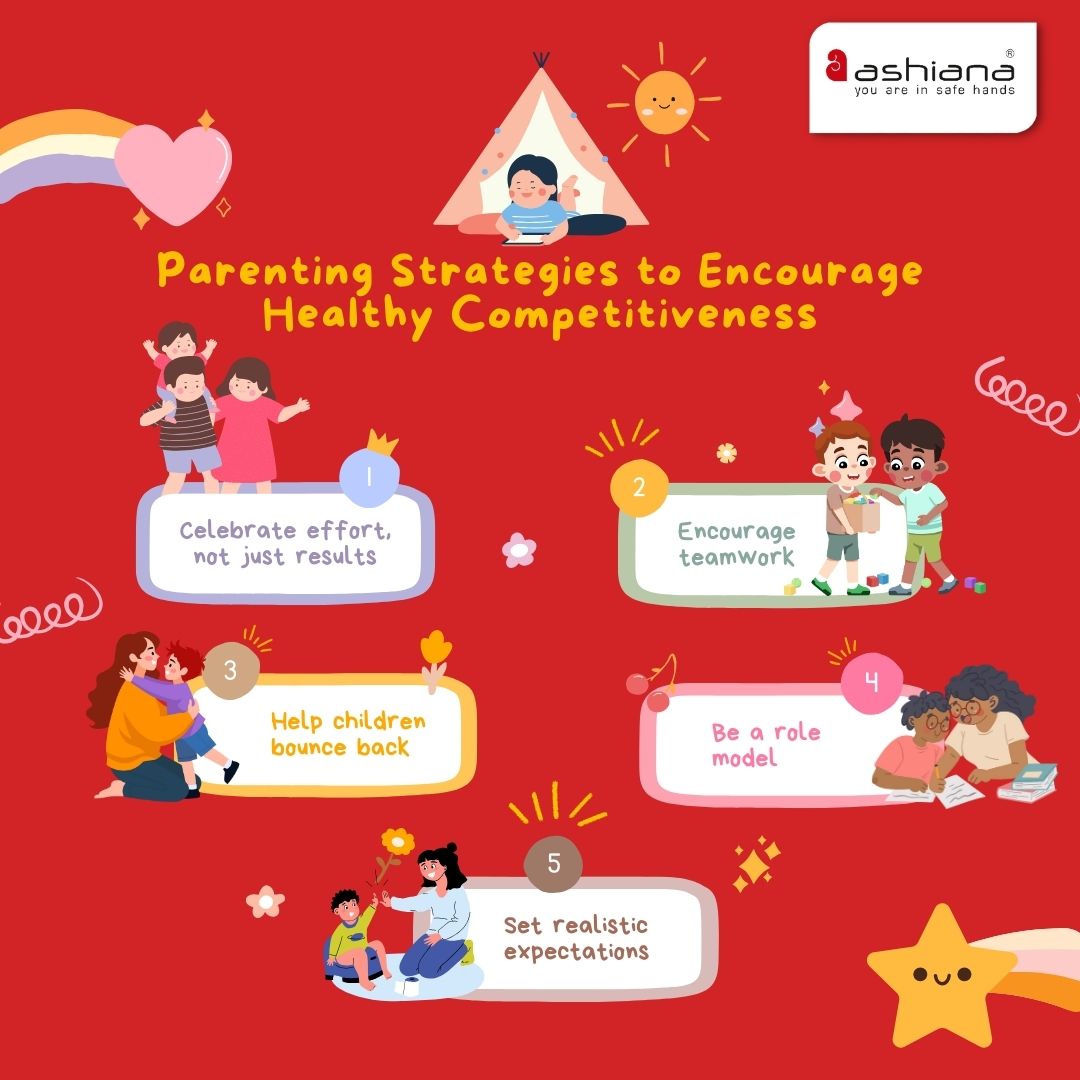


Signs include getting upset over small losses, constantly comparing themselves to others, refusing to participate in activities they might not win, and reacting negatively to feedback or criticism. Observing these behaviors consistently can indicate overly competitive tendencies.
Parents can emphasize effort over results, encourage teamwork, teach coping with loss, model balanced behavior, and set realistic expectations. These strategies help children enjoy challenges without undue pressure.
A positive environment with encouragement, safe spaces, creative activities, and structured play helps children channel competitiveness productively. It fosters confidence, social skills, and emotional resilience.
Yes, with proper guidance and reinforcement, children can learn to value participation, skill-building, and personal growth over just winning. Encouraging collaborative games, creative tasks, and constructive feedback supports this balance.
Ashiana, Ashiana Housing build homes. Homes surrounded by vast green spaces and fresh breeze. Homes cocooned in secured gated complexes. Homes where futures are forged and there are opportunities to grow. And Homes in environments brimming with healthy activity, trust and respect. At heart, we build communities with care.
Other posts by Ashiana
Join 1000+ of fellow readers. Get expert real estate knowledge straight to your inbox absolutely free. Just enter your email address below.